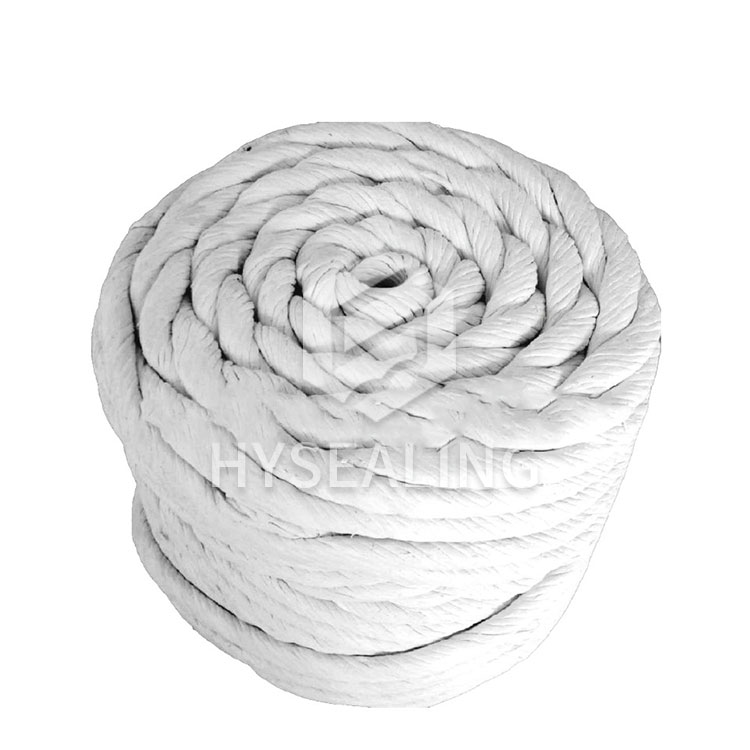https://www.hysealing.com/Natural graphite
Natural graphite is formed by the transformation of carbon-rich organic matter under the long-term action of high temperature and high pressure geological environment. It is the crystallization of nature. The technological properties of natural graphite mainly depend on its crystalline form. Minerals with different crystal forms have different industrial values and uses. There are many types of natural graphite. According to different crystal forms, natural graphite is industrially divided into three categories: dense crystalline graphite, flake graphite and cryptocrystalline graphite. There are two main categories of flake graphite and cryptocrystalline graphite in my country.
Artificial graphite
Artificial graphite is similar to polycrystals in crystallography. There are many types of artificial graphite, and the production processes vary widely. Broadly speaking, all graphite materials obtained by carbonization of organic matter and then high-temperature treatment of graphitization can be collectively referred to as artificial graphite, such as carbon (graphite) fiber, pyrolytic carbon (graphite), foam graphite, etc. In a narrow sense, artificial graphite usually refers to carbonaceous raw materials with low impurity content (petroleum coke, pitch coke, etc.) as aggregate and coal pitch as binder, through batching, kneading, molding, and carbonization (industry termed Bulk solid materials obtained through processes such as roasting) and graphitization, such as graphite electrodes, hot isostatically pressed graphite, etc.







